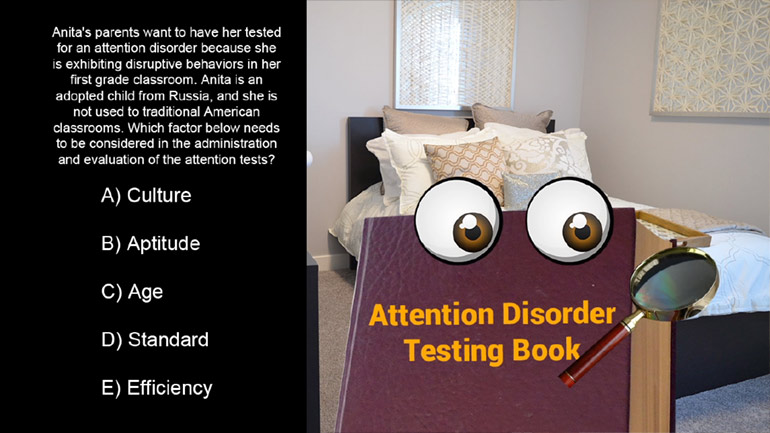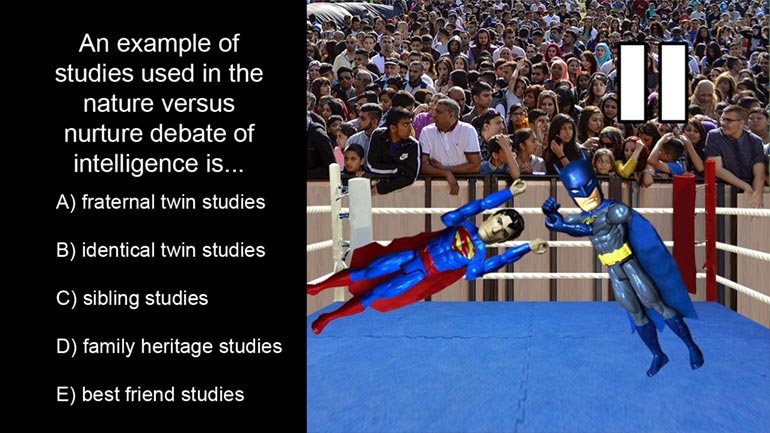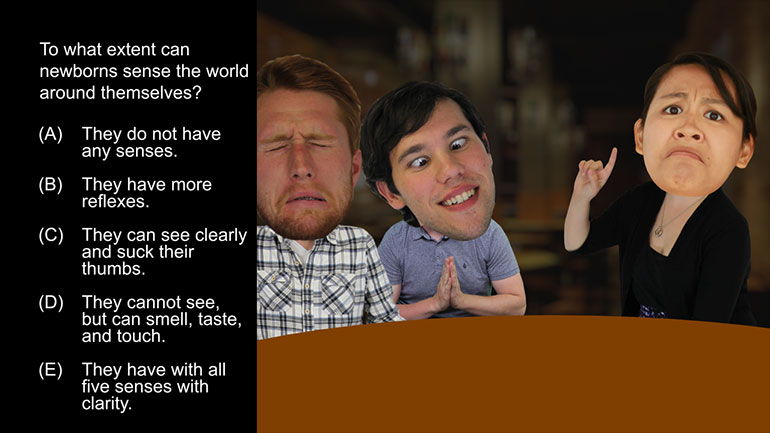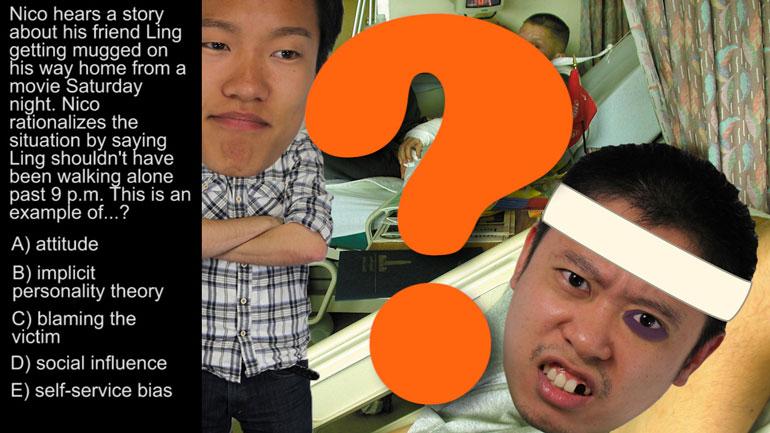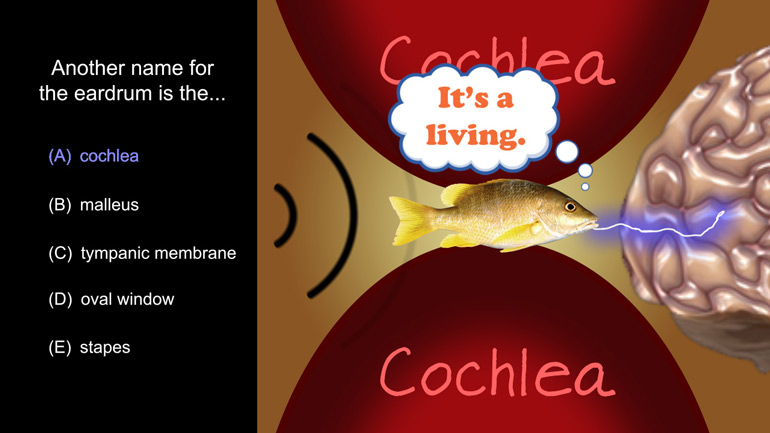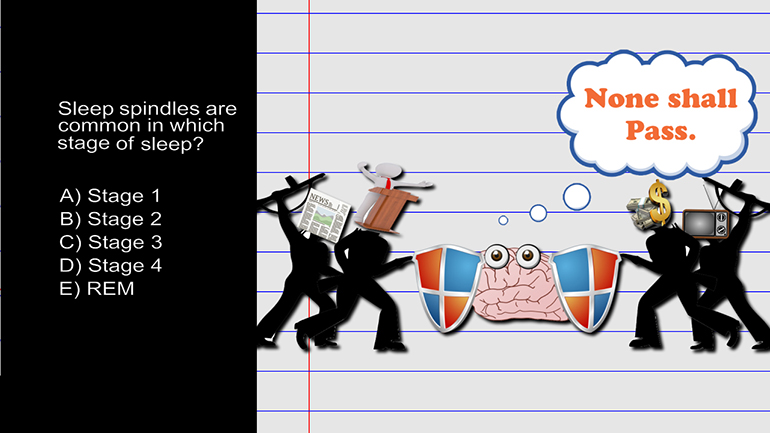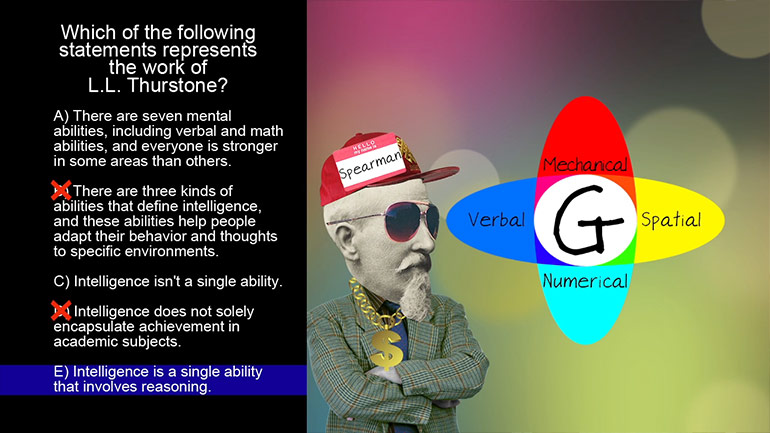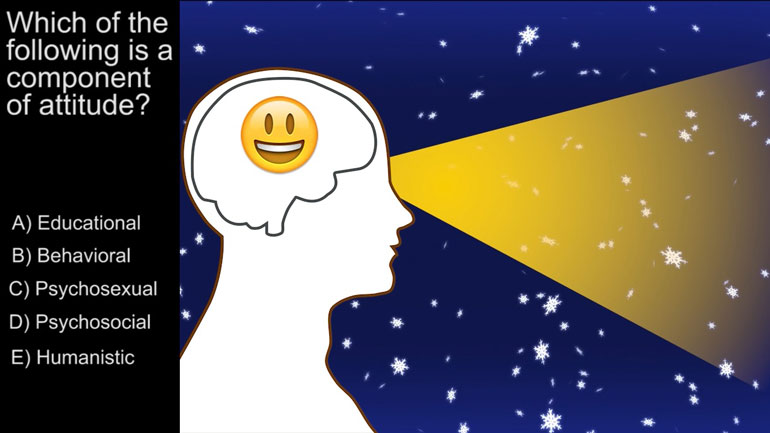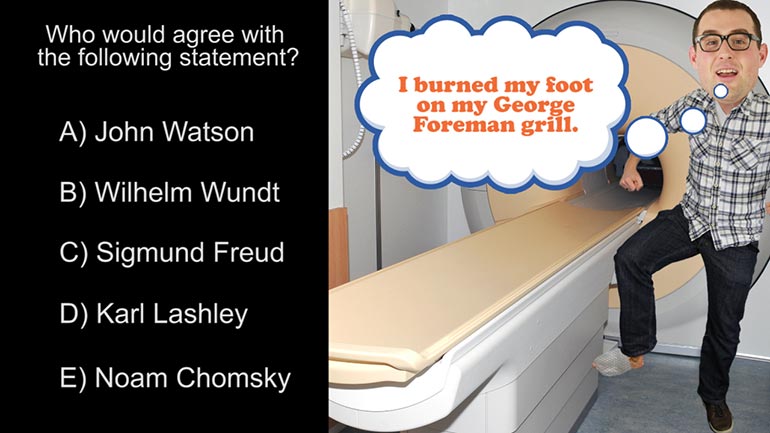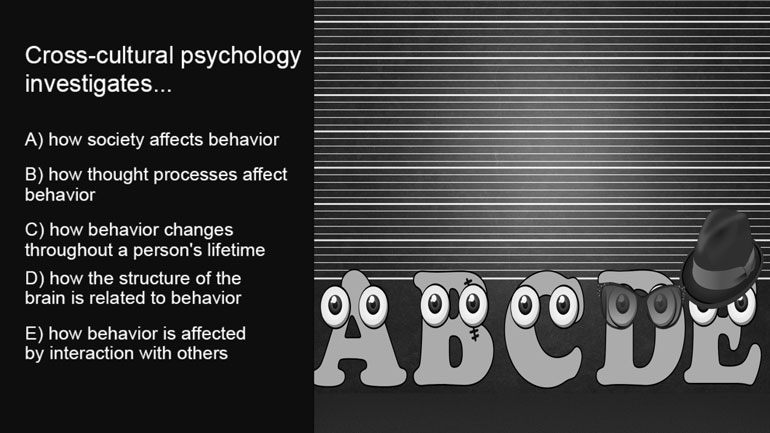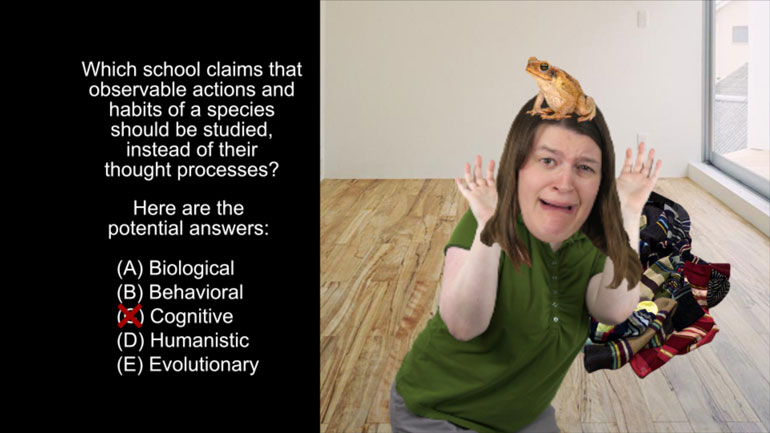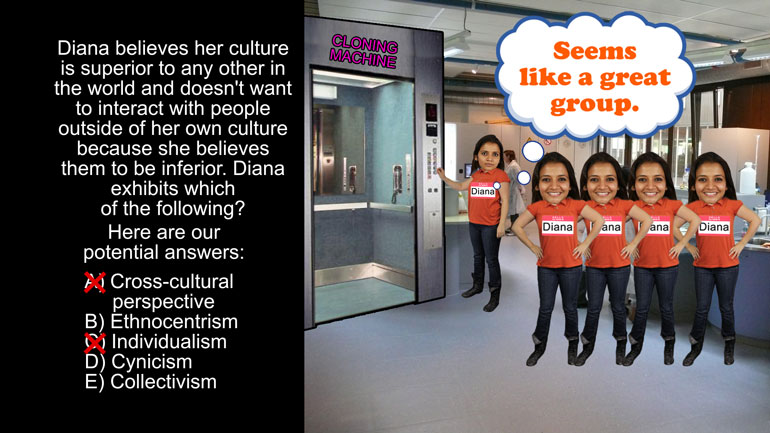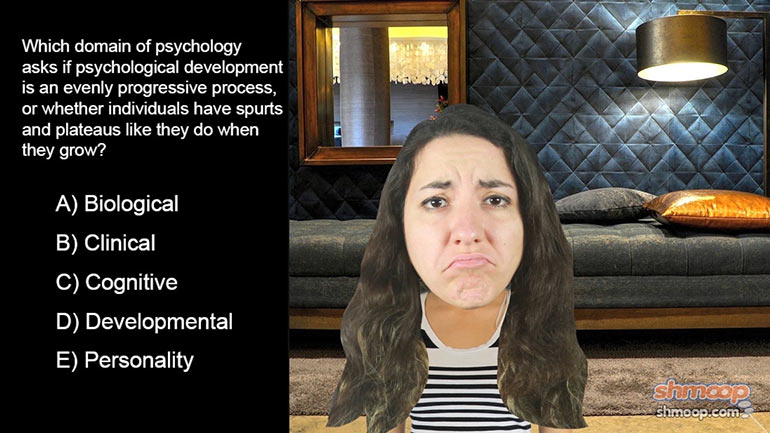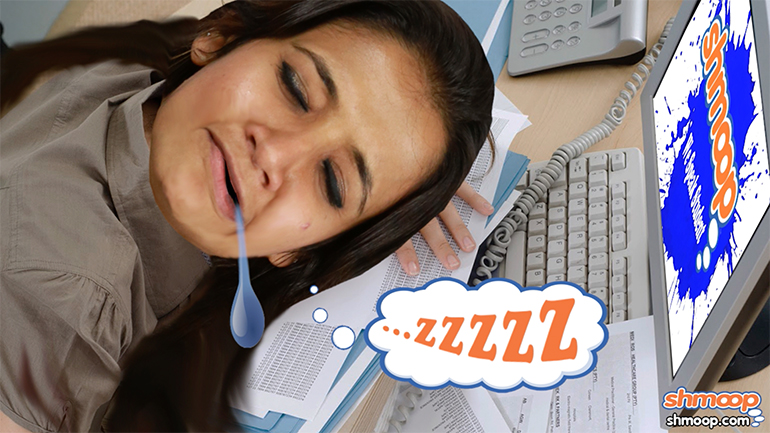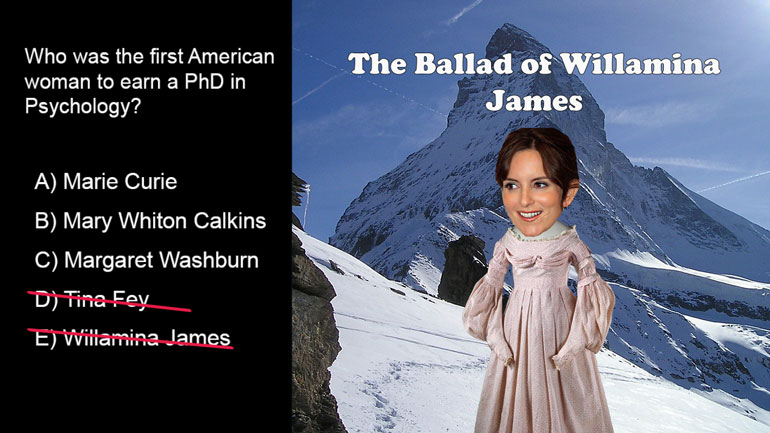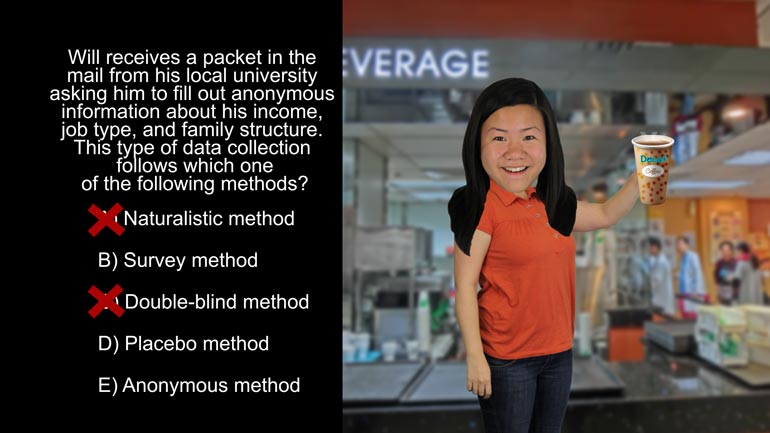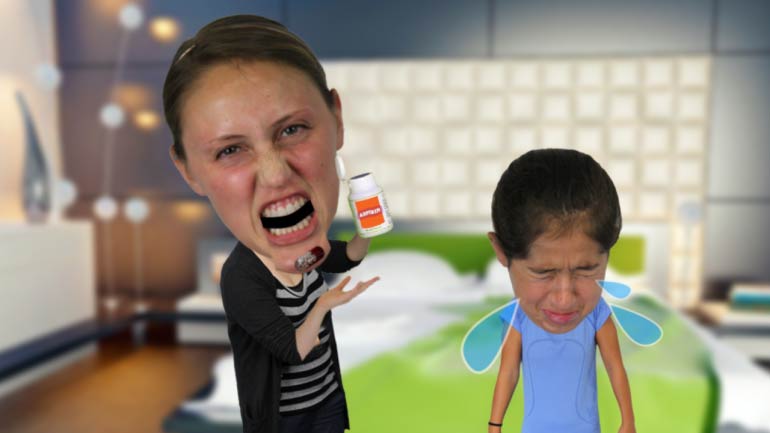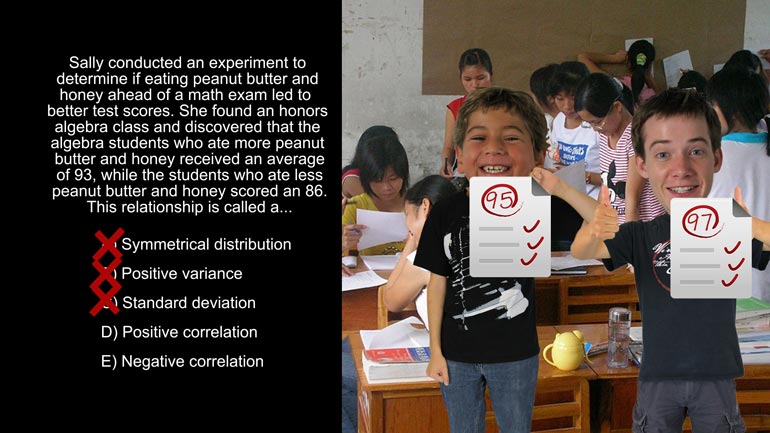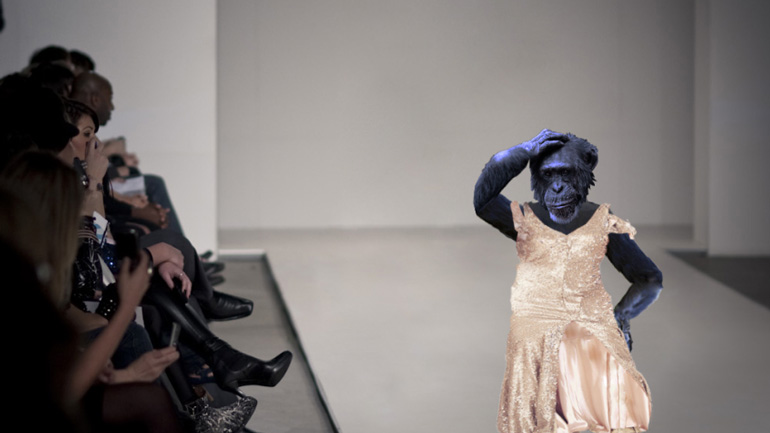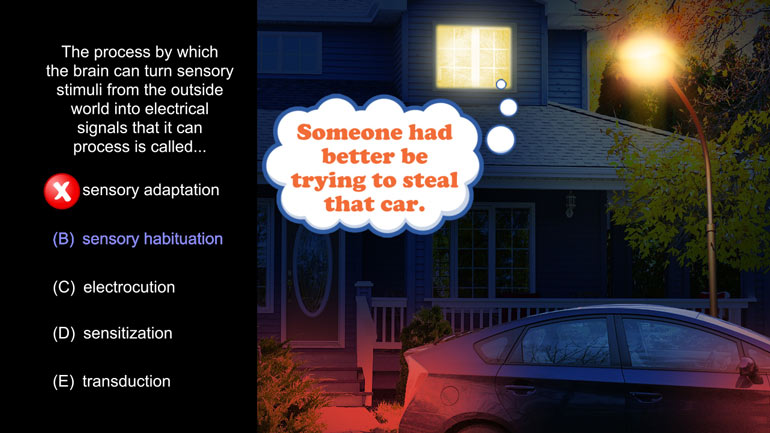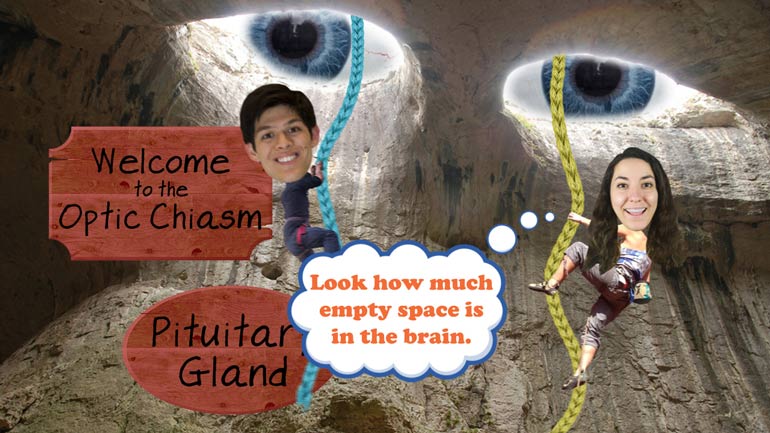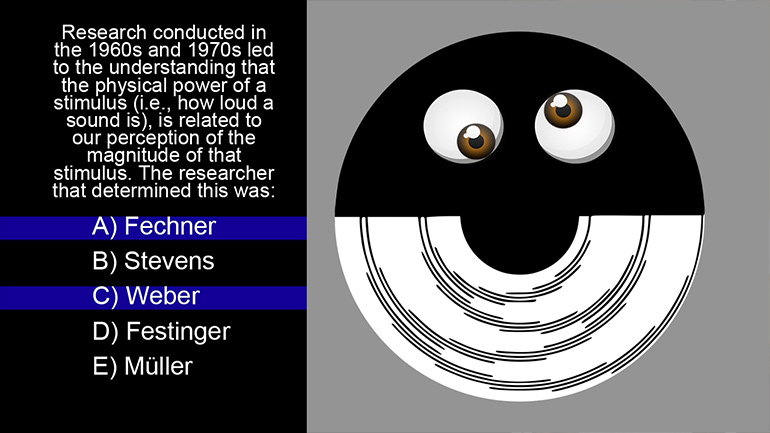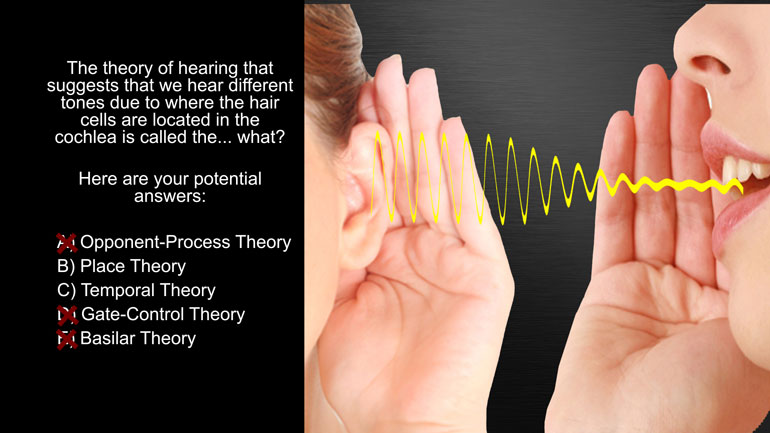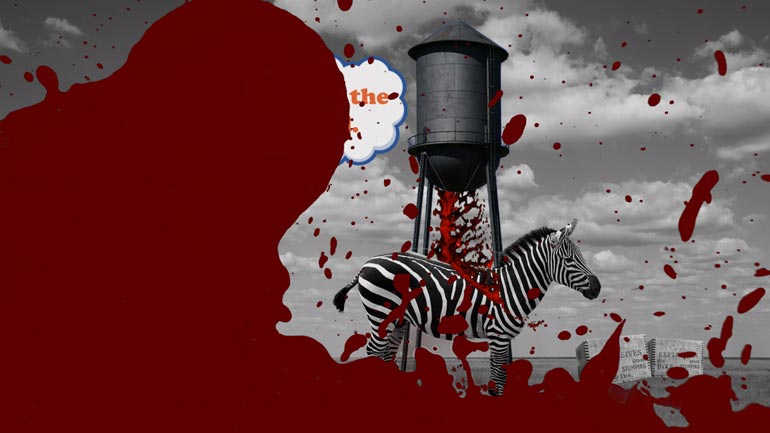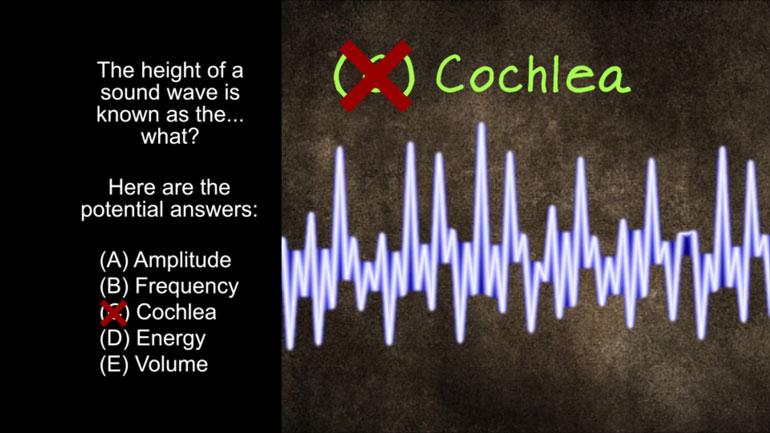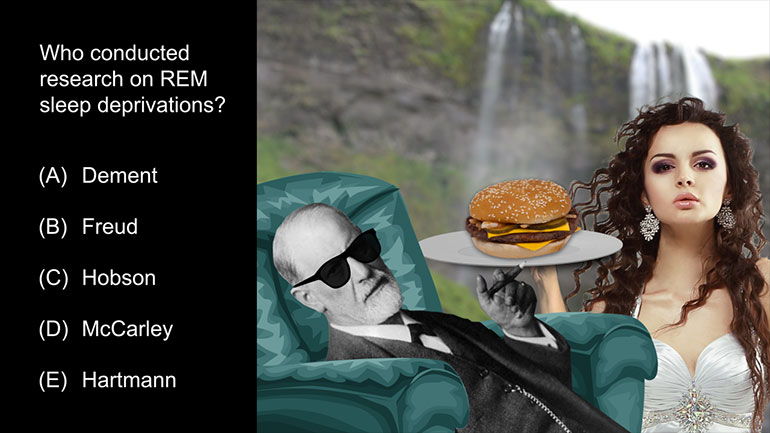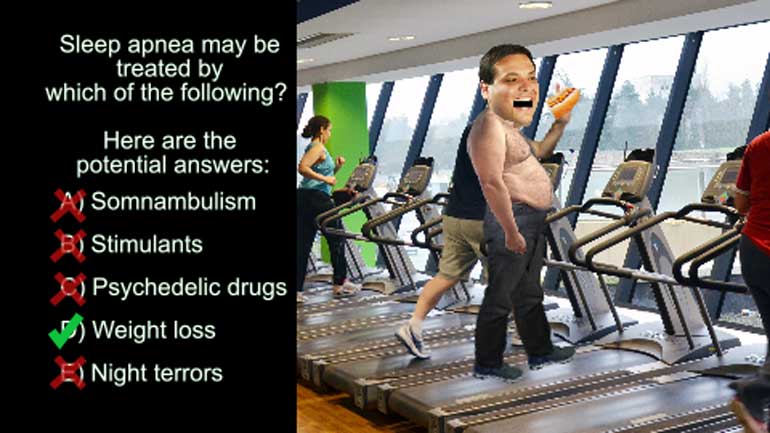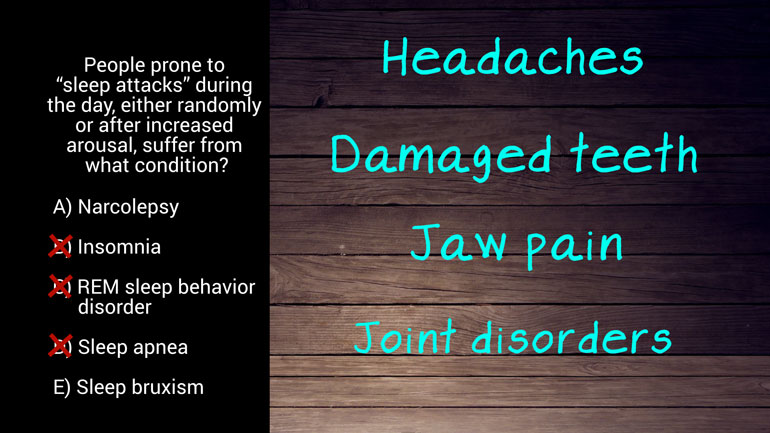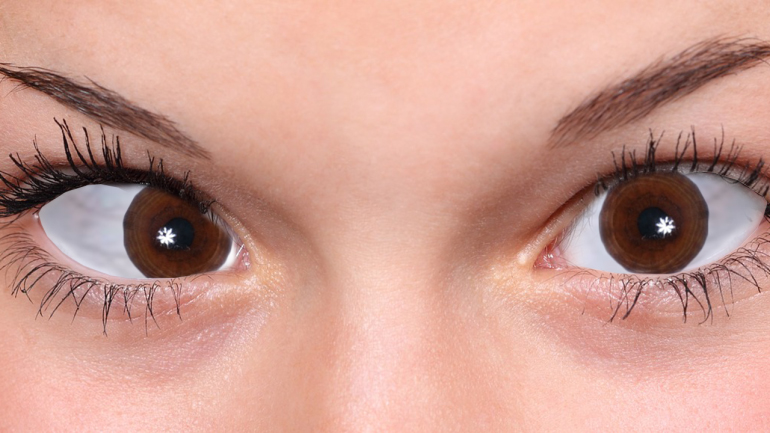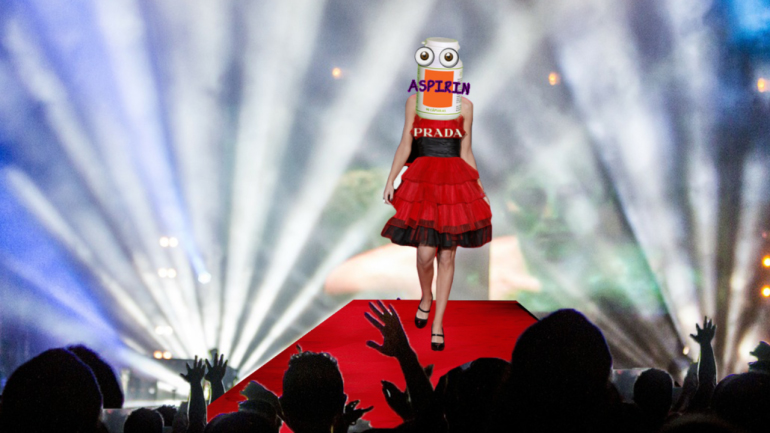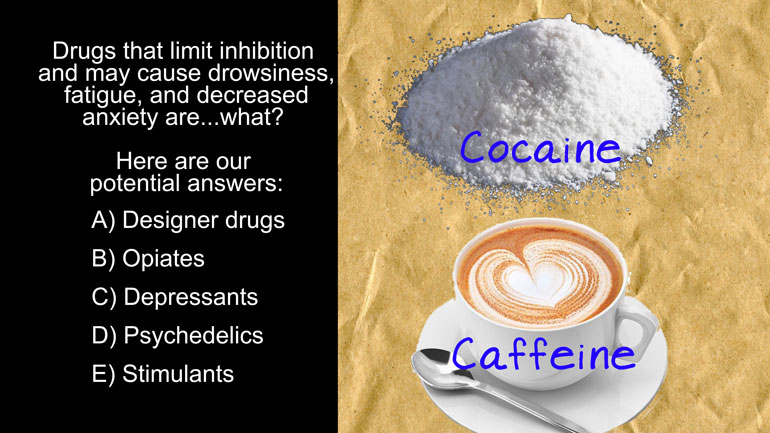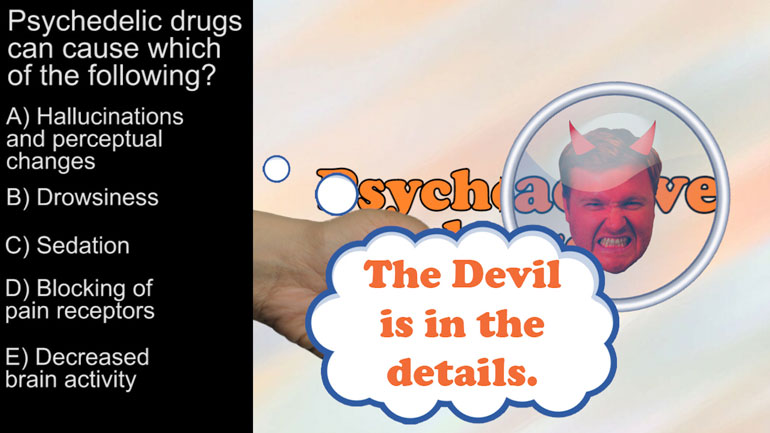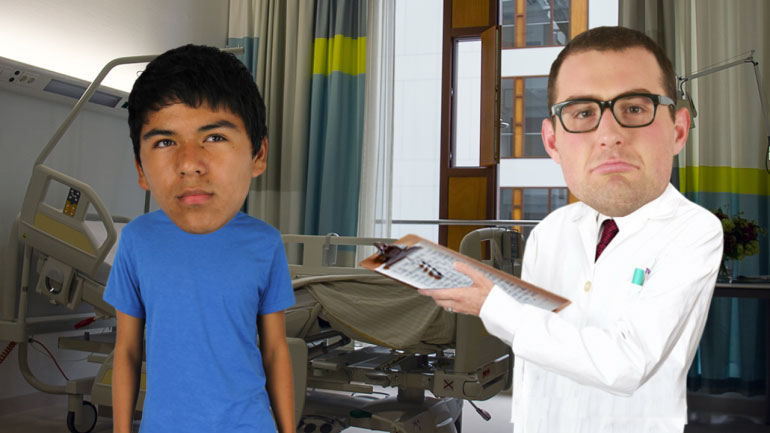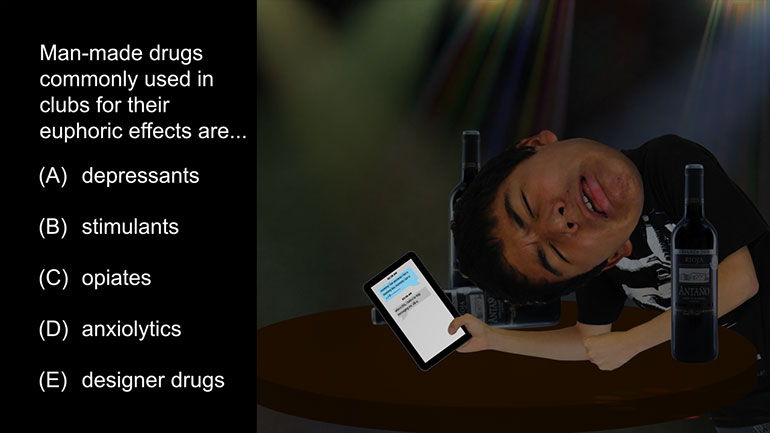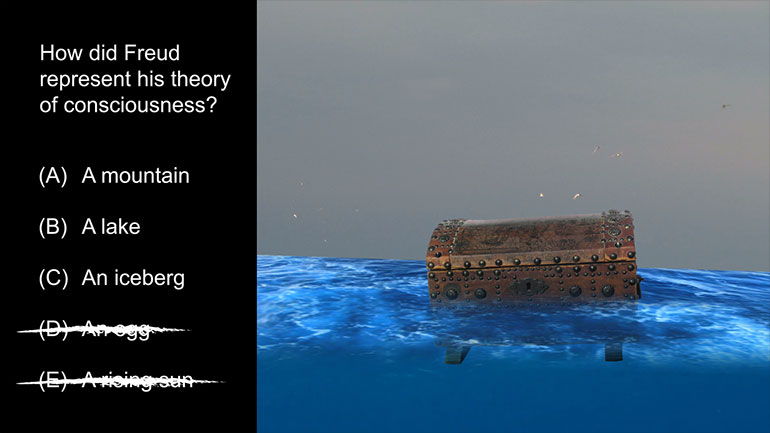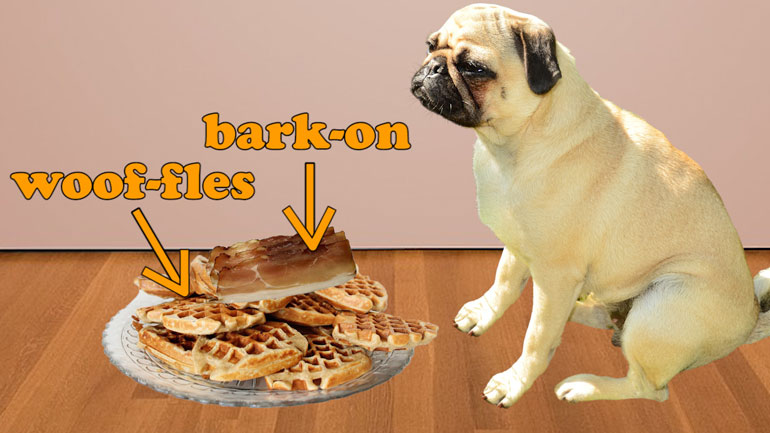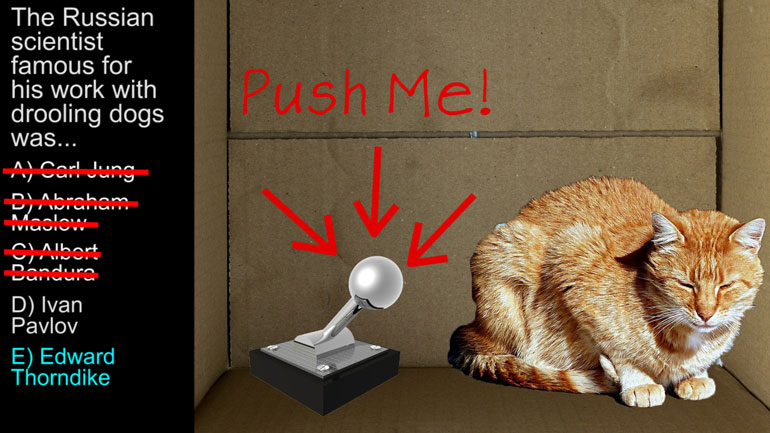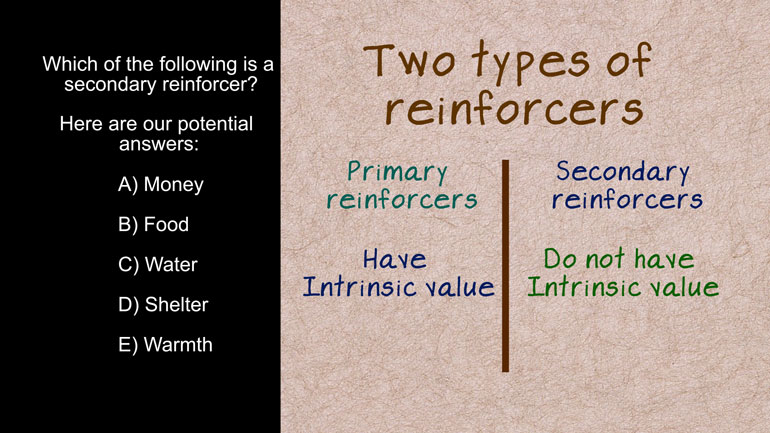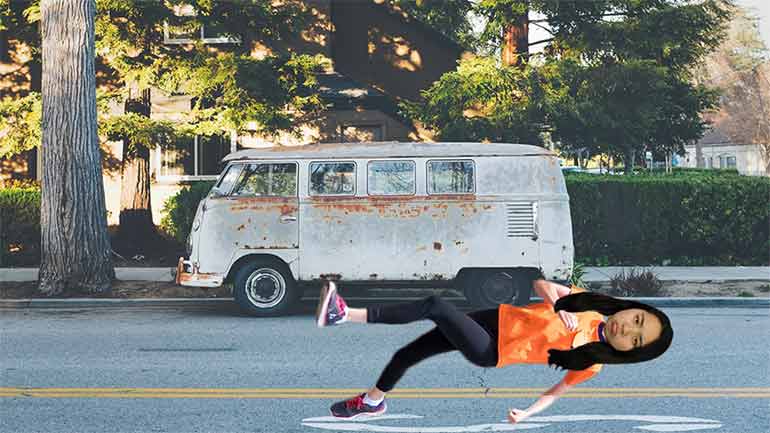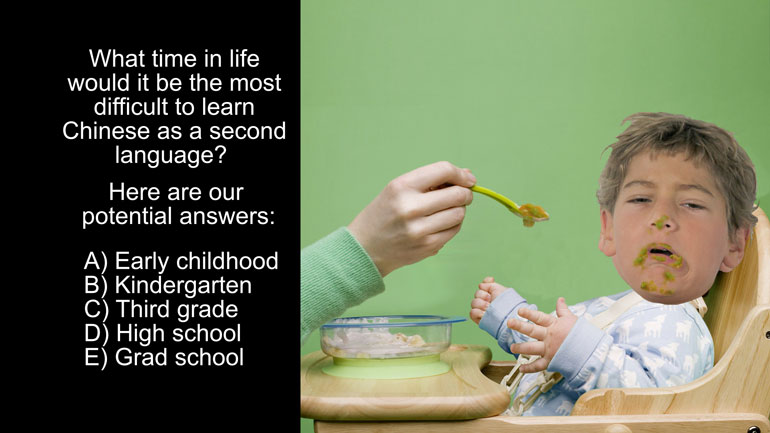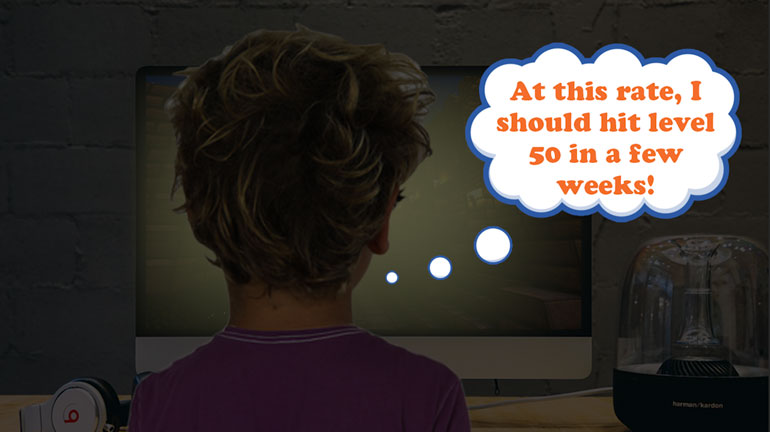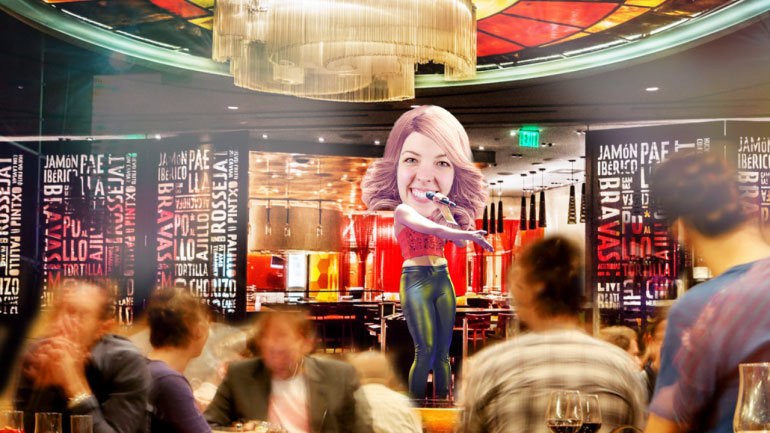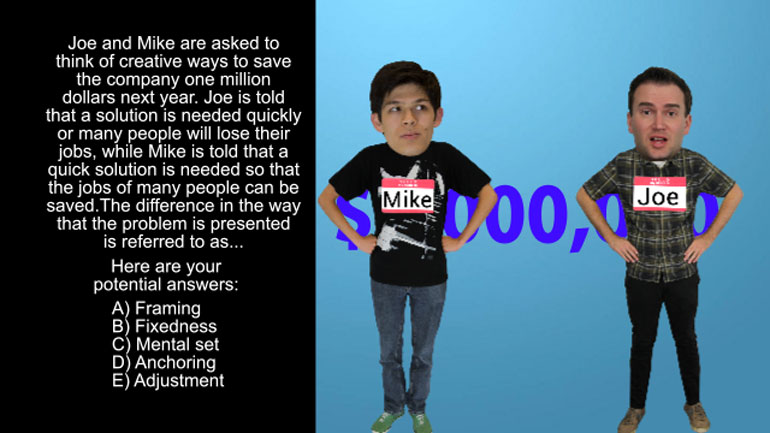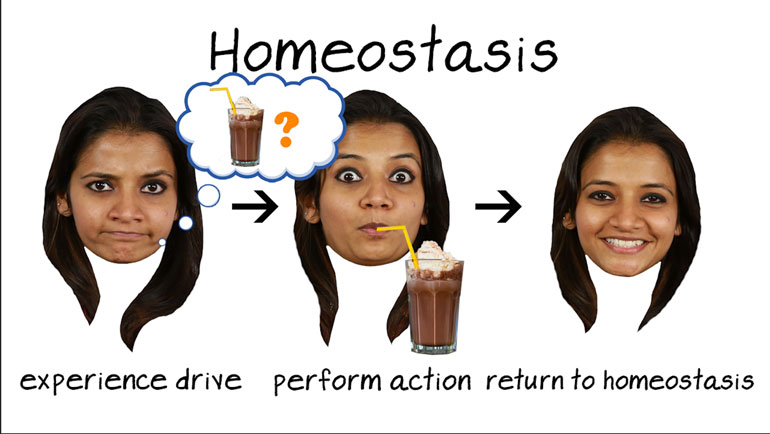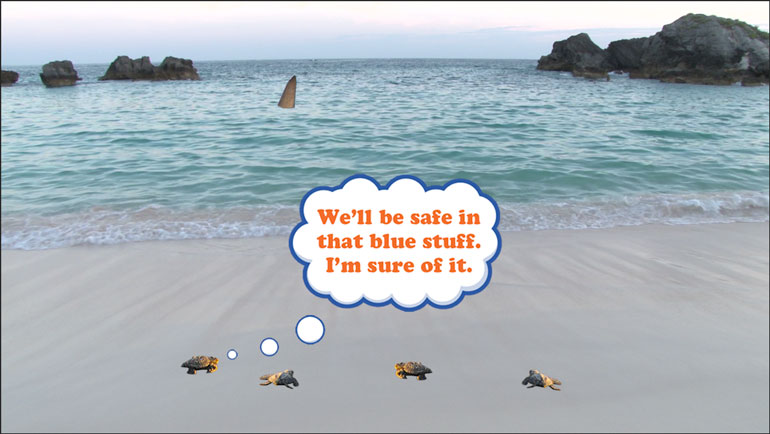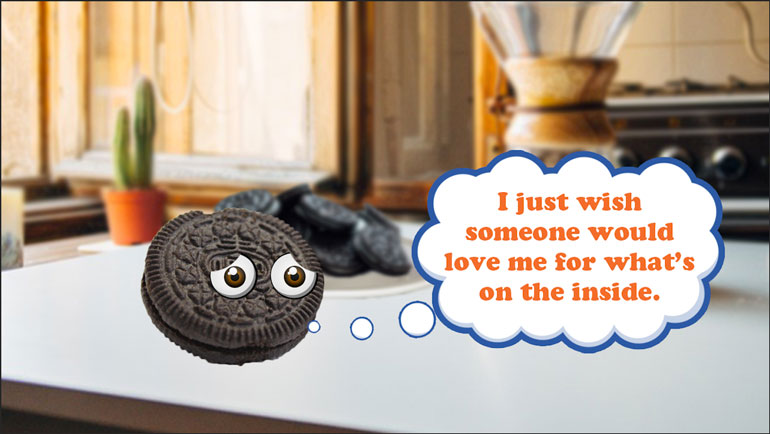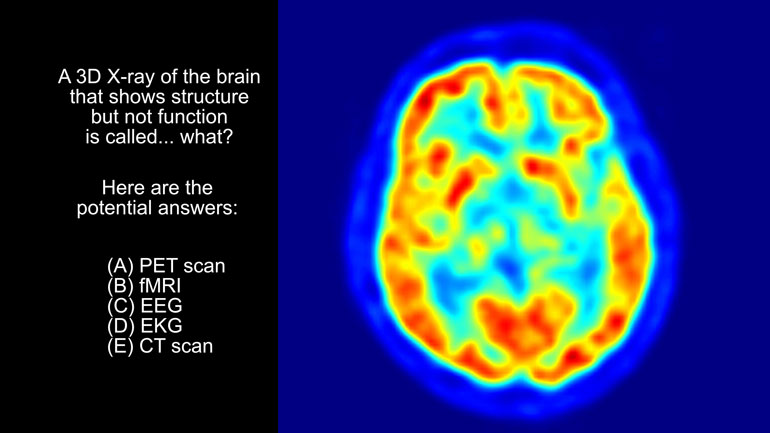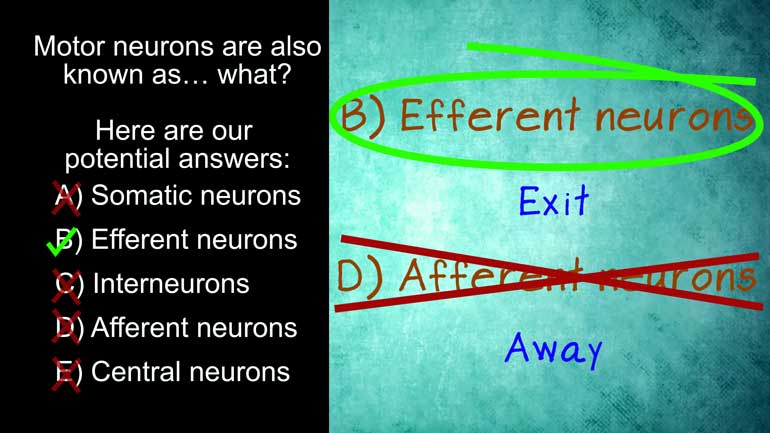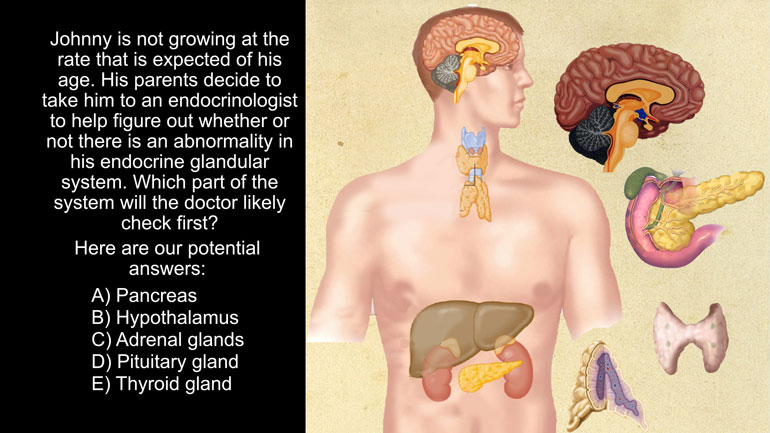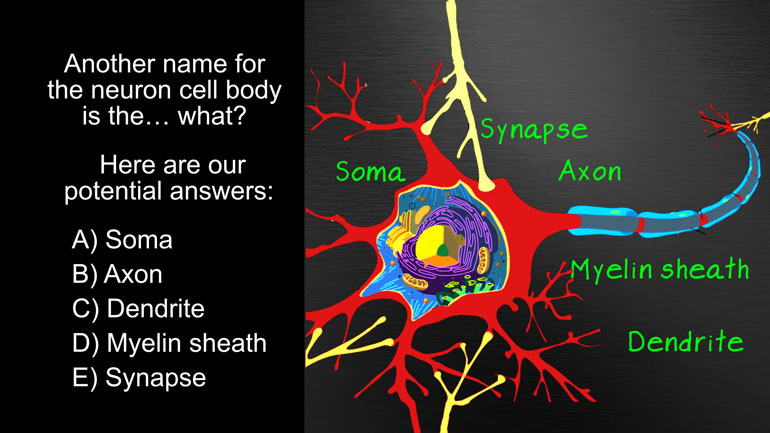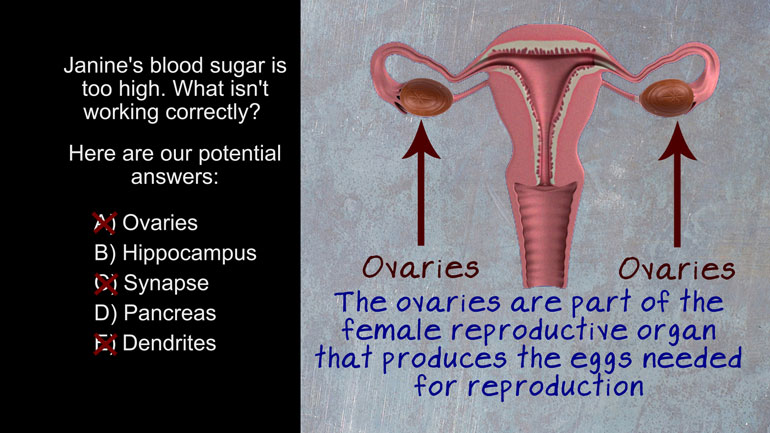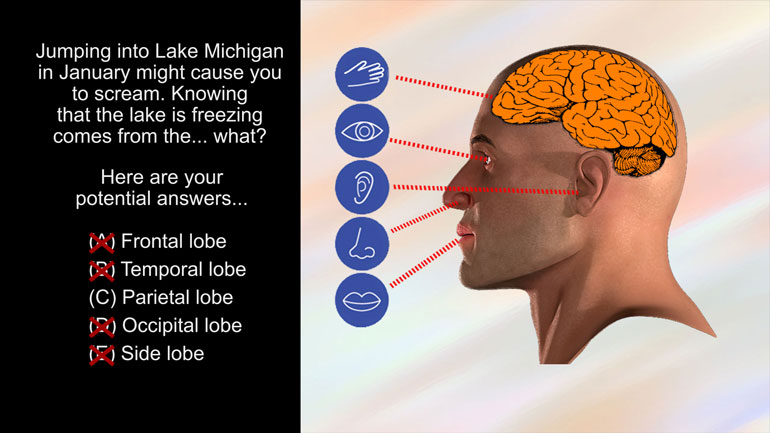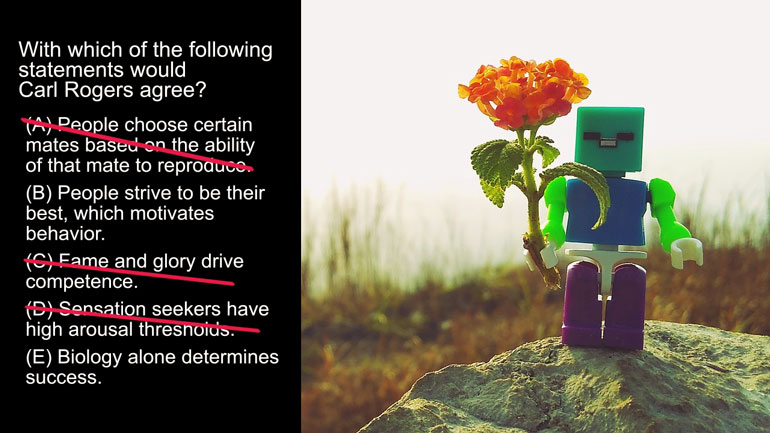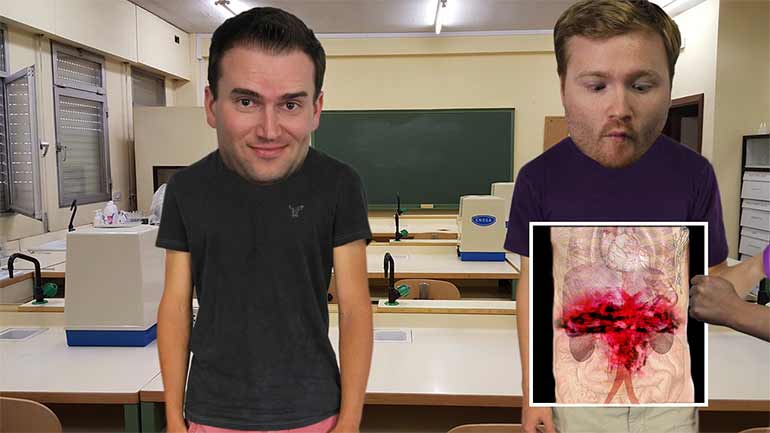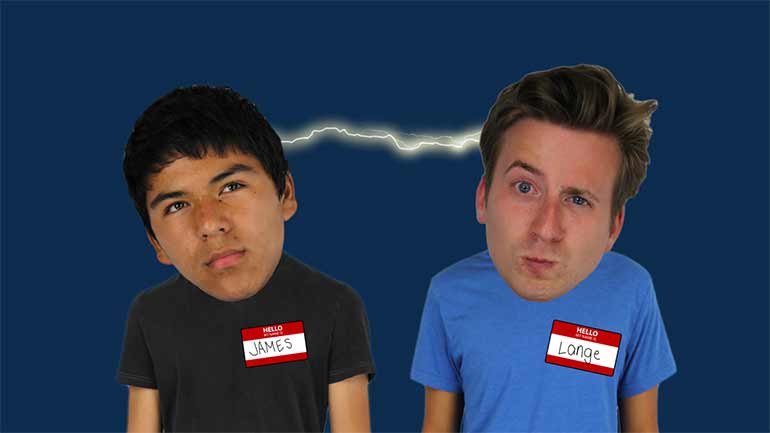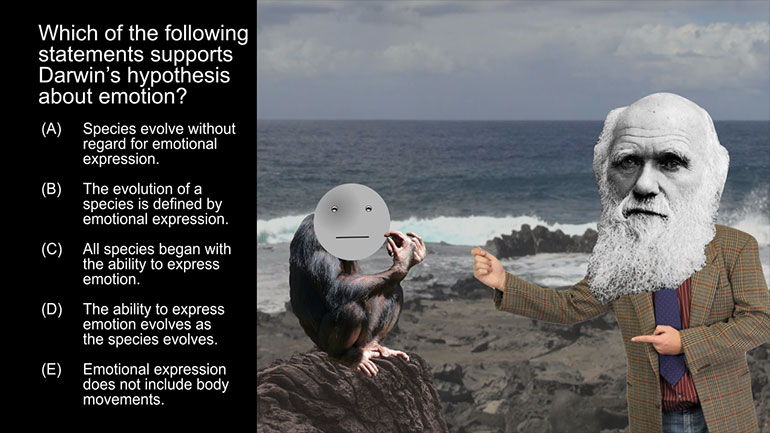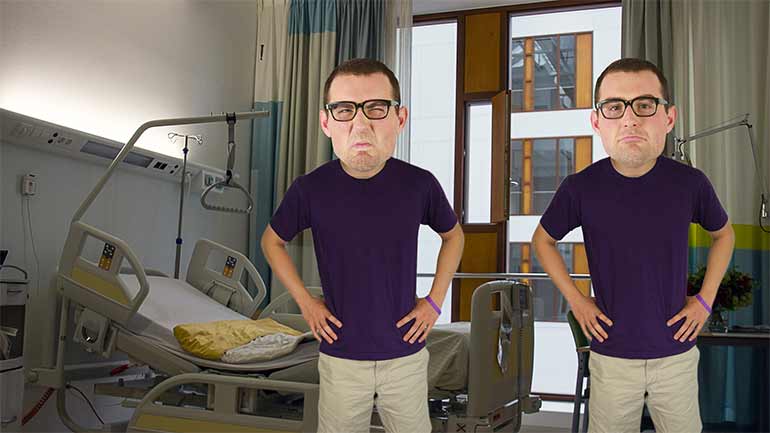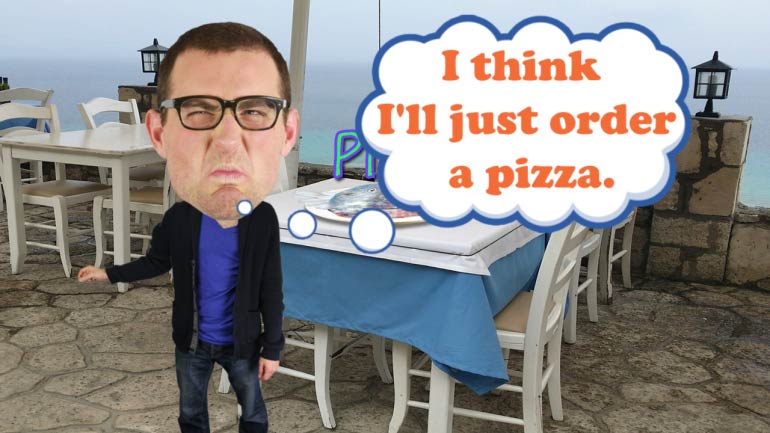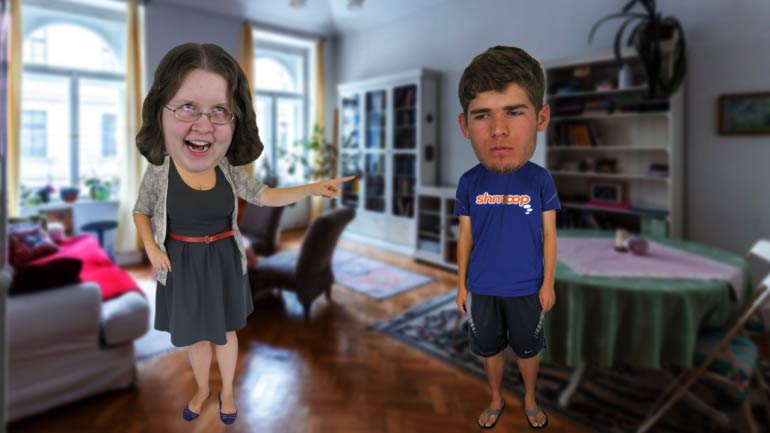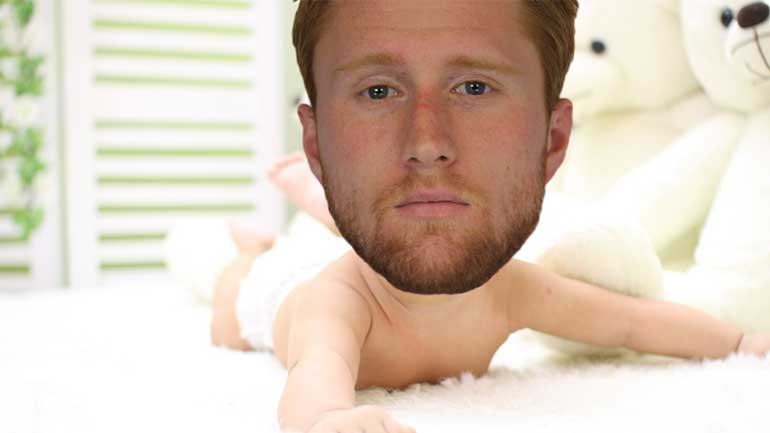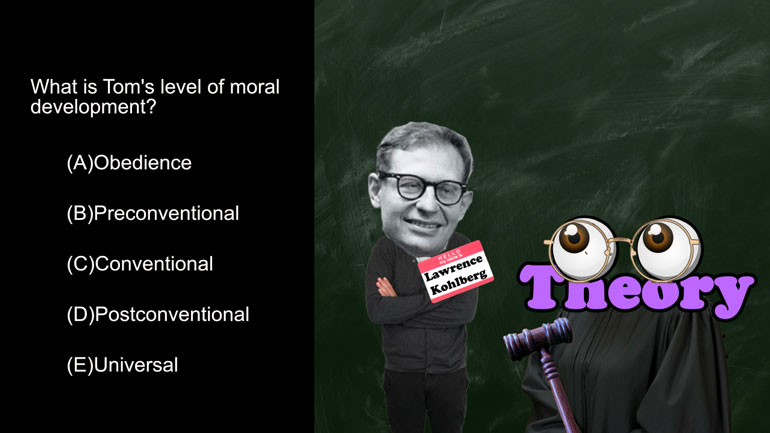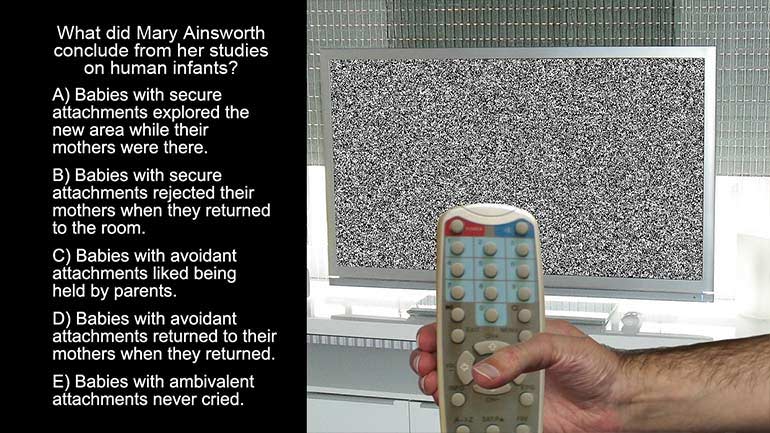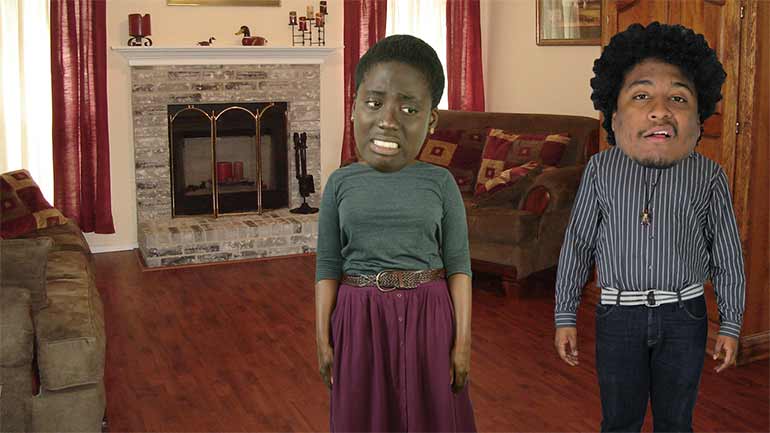ShmoopTube
Where Monty Python meets your 10th grade teacher.
Search Thousands of Shmoop Videos
AP Psychology Videos 135 videos
AP Psychology 2.3 Testing and Individual Differences. Which factor below needs to be considered in the administration and evaluation of the attenti...
AP Psychology 2.4 Testing and Individual Differences. Which of these is an example of studies used in the nature vs. nurture debate of intelligence?
AP Psychology 1.2 Developmental Psychology. How would you respond to someone stating that babies are born without any real sense of the world aroun...
AP Psychology 2.1 Research Methods 4 Views
Share It!
Description:
AP Psychology 2.1 Research Methods. What is this procedure known as?
Transcript
- 00:00
here's your shmoop du jour brought to you by aspirin. which you can
- 00:07
thank for allowing your mother to survive your childhood. now come on clap. [mom frowns, kid yells]
- 00:12
a researcher wants to know if aspirin can improve memory. in order to avoid
- 00:16
experimenter bias the researcher has her assistant assigned participant to groups
- 00:21
so that she doesn't know which participants are in the aspirin group
Full Transcript
- 00:24
and which are in the control group. the participants are also unaware of their
- 00:28
group and some participants are given aspirin while others are given a placebo.
- 00:32
what's this procedure known as? and here the people in charge double-blind phase
- 00:37
1 through 3 and controlled .okay well let's start with all those clinical
- 00:42
trial answers. or sure mom won't mind. the first stage or phase of a clinical trial
- 00:46
is when a drug is first tested on humans. which doesn't sound all that safe ,but it
- 00:52
is because numerous preclinical and phase zero tests come before it .in test
- 00:58
tubes on animals and through human micro dosing. stage one comes when scientists
- 01:02
are sure it's safe enough to test as normal doses, but it's also not at all [man peers over glasses at kids]
- 01:07
with question described so we can cross out b. stage 2 comes after that. while
- 01:12
stage 1 aims to test safety half-life and tolerability stage 2 is more focused
- 01:18
on the biological changes caused by the drug. like does the drugs actually have a
- 01:22
positive effect on the human body .an important stage in clinical trials, sure.
- 01:27
but not at all to do with what our research was doing. this is followed by
- 01:31
stage 3 which is focused on the efficacy of the drug within the context of a
- 01:35
clinical practice this is the gold standard stage which occurs across large
- 01:39
patient groups in order to see if the drug is ready for the medical market.
- 01:42
only eighteen percent of drugs that make it to stage two get this far and this
- 01:47
answer is zero percent of what we're looking for. but what about a controlled
- 01:52
procedure? the actions of our researcher definitely fit into this answer because [scientist mixes solution]
- 01:56
it simply describes a series of policies and procedures set in place to ensure
- 02:00
quality control and accuracy with in a study. unfortunately it's not quite
- 02:04
specific enough. this leaves us with a the correct answer a double-blind
- 02:08
procedure describes when both the researcher and the participants are
- 02:13
blind to which group the participants belong to. it ensures there's no bias on
- 02:17
behalf of the researcher when making observations and also prevents
- 02:21
participants from acting a certain way and skewing result. sounds exactly like
- 02:25
the procedure described. unless you feel like making a bad pun. [kid lines up rats wearing sunglasses]
Related Videos
AP Psychology 1.1 Social Psychology. Which of the following best describes social psychology?
AP Psychology 1.1 States of Consciousness. Who conducted research on REM sleep deprivations?
AP Psychology 1.2 Cognition. Which of the following strategies would work best for generating new ideas?
AP Psychology 1.2 Sensation and Perception. The cells in the back of the eye that only see in black and white are called what?
AP Psychology 1.2 Social Psychology. What is the best choice for producing better productivity?
